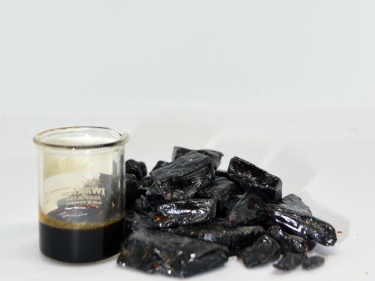WTO Predicts Trade Growth to Slow Next Year Amid Crisis
The World Trade Organization (WTO) predicts that global trade growth will slow next year due to the ongoing global economic crisis and the impact of a strengthening U.S. dollar.

Next year the global trade volumes is predicted by the World Trade Organization (WTO) to grow about 1% as challenges and crises continues to weigh on markets. The rising cost of energy, increasing interest rates, and the Covid-19 pandemic damage to the supply line are just some of the issues that have slowed down growth.
WTO predicts slow in trade growth
The WTO have predicted a 3.5 percent increase this year for goods shipped on the global market. For 2023, it is predicted that a downfall of 3.4 percent will happen which will leave the trade volumes growth at one percent. The higher predicted trade volumes in mid-2022 was due to better data which allowed for a better forecast. As supplies from Russia were shunned and consuming countries seek alternative sources, there was a boom in trade volumes from the Middle Eastern oil-and gas-producing countries.
According to the WTO, several factors have weighed on trade. The Russian-Ukraine War have increased energy prices due to many countries, which includes the European Union, to levy economic sanctions on Russia. Before Russia invaded Ukraine, the European Union was a large consumer of natural gas and oil from Russia.
Crises and challenges ahead
Many countries, including the United States, is experiencing monetary tightening. Businesses and households in Europe are experiencing high energy prices. Zero Covid-19 policy in China have continue to disrupt both production and economic life for ordinary citizens. Developing countries with low income now face food insecurity and distress from debt.

In the early days of the Covid-19 pandemic, there was a rebound in global trade. Now, the Federal Reserve in the US and other central bank around the world have increased interest rates in order to hold back a painful inflation. The increased interest rates will have an indirect effect on bond prices, housing, and vehicle sales.
Inflationary pressures may have reached its peak after purchasing managers have posted new information on final prices of goods and an index of input prices. Central bankers may be influenced by this new information during the decision-making process in the coming months.
Countries see economic fluctuations
China, the world’s leading manufacturing country, may see shrinking demand on exports due to its continuation of the Zero Covid-19 policy. Since January 2022, Russia have not put out any trade reports to the WTO which clouds any forecast that could be made based on how the Russian trade is doing. During the second quarter, the Confederation of Independent States countries seen exports drop down from the first three months of the year.
Several multilateral organizations predicts that there will be fluctuations on the economic output. The global economy has to deal with the increase in the cost of food and energy. Russia and Ukraine are large suppliers of grain and due to the war between the two countries, price of food will increase. Developing countries have paid a heavy price as they see the dry up of the supply of wheat and corn as exports from Russia and Ukraine decreased. Many developing countries seek alternative countries from which they can purchase wheat and corn.
Stay In the Loop with Export Portal
In the world of international trade, it’s vital to stay on top of current events. For more information on how countries are doing during the pandemic, make sure to check out Export Portal, the best export platform out there!


















Comments 1